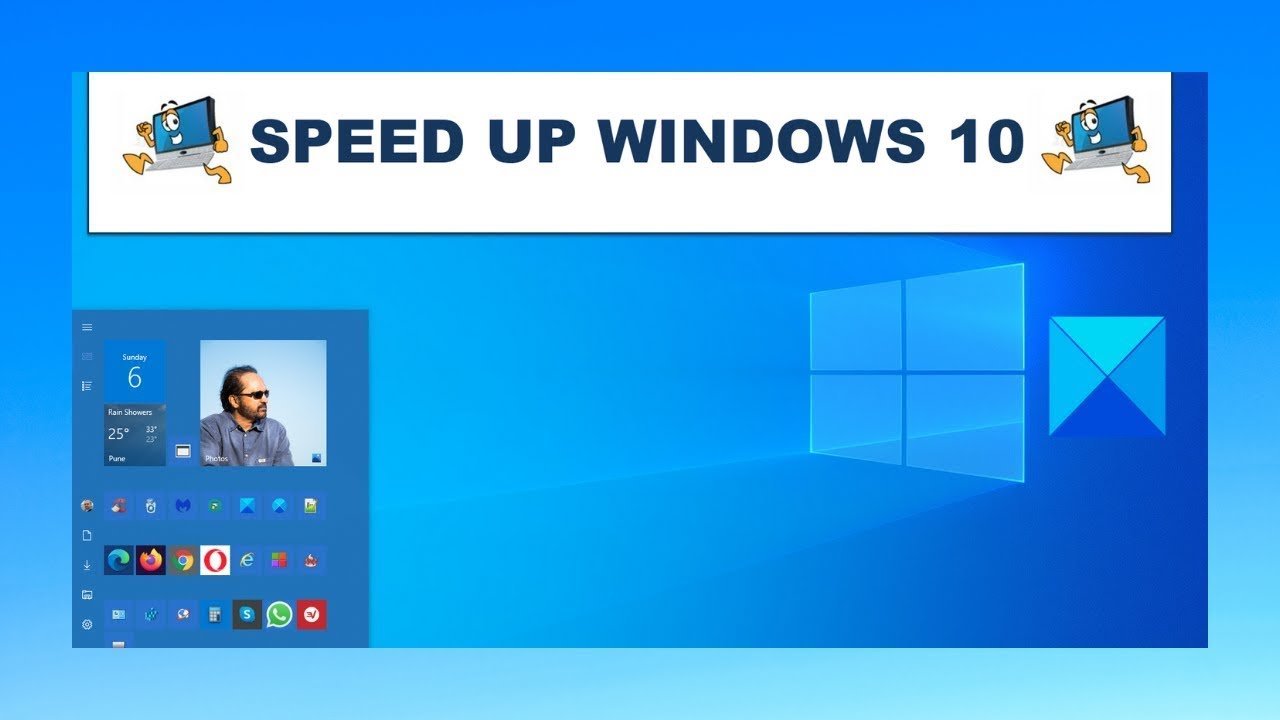

Wmic startup get caption,command > c:\StartupApps.htm PowerShell Wmic startup get caption,command > c:\StartupApps.txtĪnd if you want to create an HTML file, just type this instead: Step 3: If you want to export the list out as a text file, type in the following command: If you want more information, you can also just type wmic startup and you’ll get a few extra fields like Location, UserSID and User. You should now see a list of all the applications along with their paths that run at Windows startup. Step 2: Now type in the following WMI (Windows Management Instrumentation) command at the prompt and press Enter.

If you are unfamiliar with the command prompt, feel free to read my command prompt beginner’s guide first. Step 1: Open the command prompt by going to Start, Run and typing in CMD. You can actually generate a list of all the startup programs in Windows using the command prompt or PowerShell and save the list as a text file or an HTML document. Follow the steps below. In addition to the task manager looking a bit nicer and cleaner in Windows 8 and Windows 10, it also forgoes the checkboxes and gives you a column called Startup Impact to help you gauge how that startup item affects the boot time. Generating a list and emailing them could save you a lot of time and prevent someone from having to connect remotely to your computer, which I never prefer since I don’t trust anyone else having access to my computer.

That way, if your computer is running slow later on, you can always go back to MSCONFIG and uncheck anything that wasn’t originally listed.Īlso, there are times when technical support may request a list of startup programs in order to diagnose an issue with your computer. One recommendation I always give is to make a list of all of the startup programs enabled while your computer is running normally. Or if you use another antivirus software program, check their virus protection options.Knowing which programs run at startup can be very useful for debugging all sorts of performance issues related to your PC. If you're trying to remove malware, see Stay protected with Windows Security to find out how to run a scan. If you get an error message when you're uninstalling, try the Program Install and Uninstall Troubleshooter. If you can't find an app or program, try the tips in See all your apps in Windows 10 and Program is not listed in add/remove programs after installation. Then follow the directions on the screen. Press and hold (or right-click) on the program you want to remove and select Uninstall or Uninstall/ Change. In the search box on the taskbar, type Control Panel and select it from the results. Uninstall from the Control Panel (for programs) Select the app you want to remove, and then select Uninstall. Select Start, then select Settings > Apps > Apps & features. Press and hold (or right-click) on the app, then select Uninstall. Select Start and look for the app or program in the list shown.


 0 kommentar(er)
0 kommentar(er)
